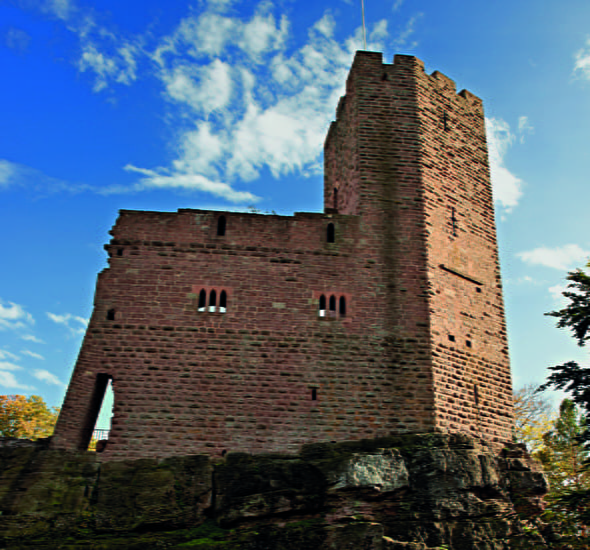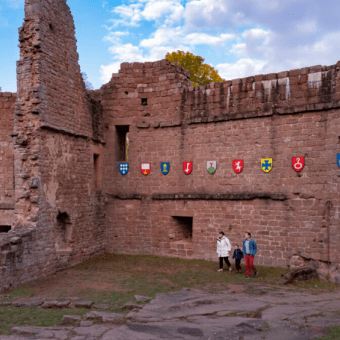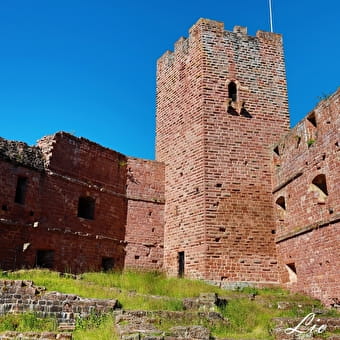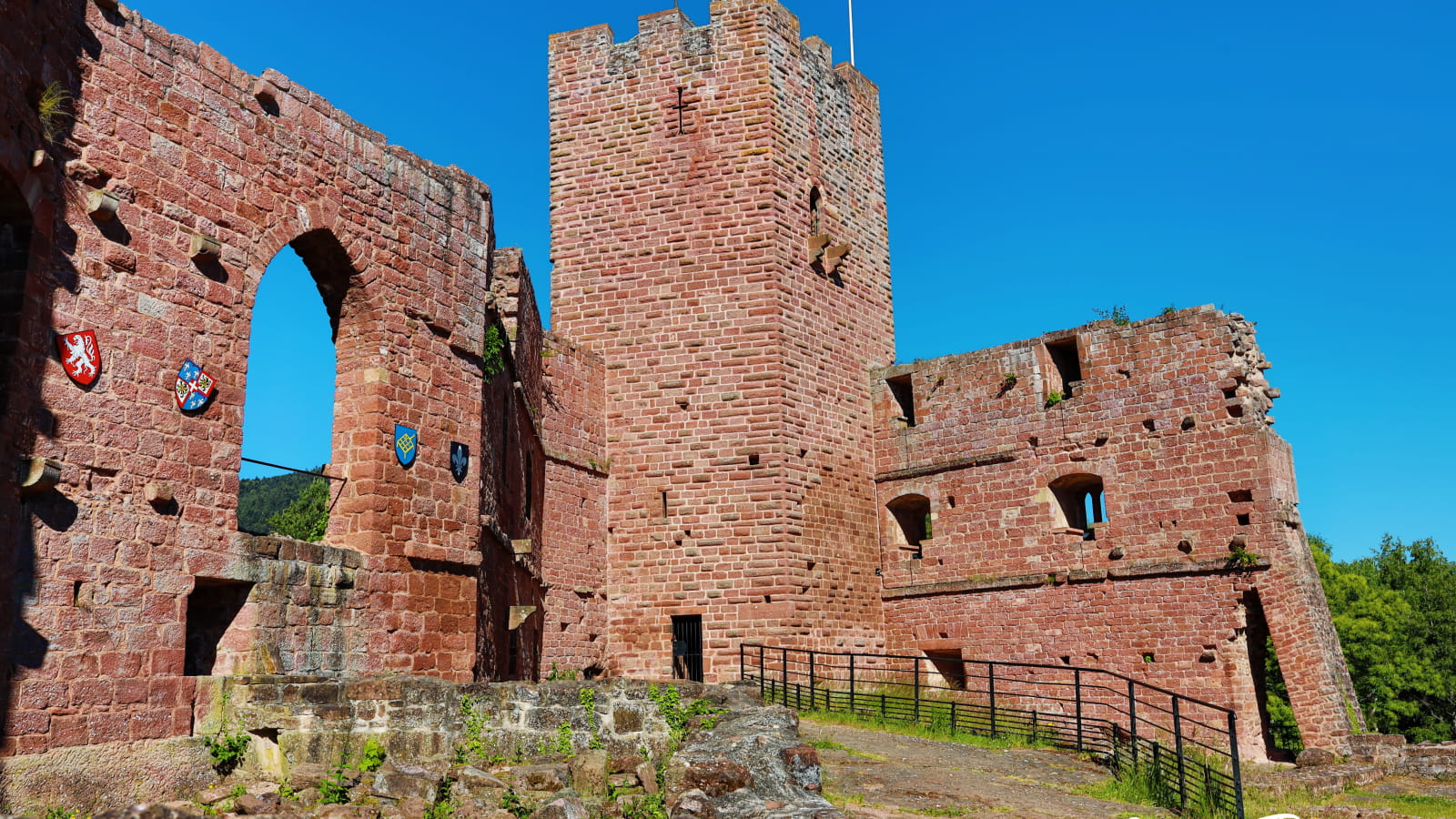
Wangenbourg Castle
Wangenbourg-EngenthalAn exceptional medieval castle
In an enchanting natural setting, Wangenbourg is a village blending green spaces and heritage. Experience the charm of a 13th century castle, including the remains of the main building and fireplaces. The castle stands in the highest Vosges mountains. Its peaceful atmosphere in a mountain and forest setting, together with its history, is the guarantee of great memories.
Don't hesitate to visit Wangenbourg Castle in the attractive village of Wangenbourg-Engenthal. Come and see the remains of the 13th century castle on a rocky spur with access from the village along a footpath. The building was adapted to uneven terrain. In the north and west you will see that it is cut off by deep valleys with steep slopes serving as natural defences. Like many castles in Alsace, its unpolished, massive and abrupt style sets it apart from the Loire châteaux.
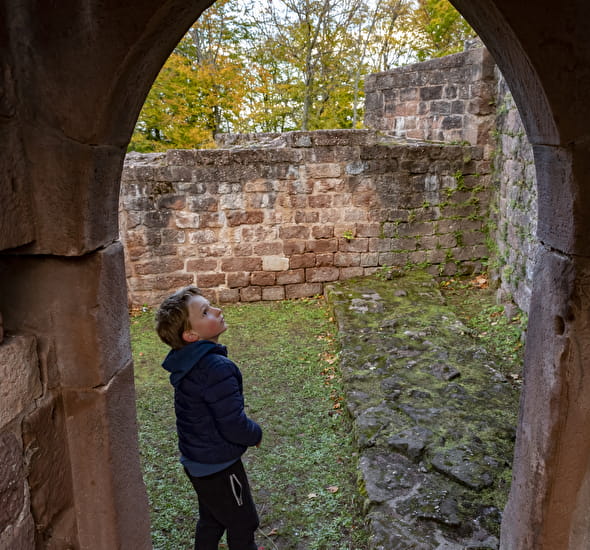
The story of the Wangens
Wangenbourg Castle was first mentioned in the 13th century. It was only named Wangenberg two centuries later, because it belonged to the Wangen family. Wangen derives from the Celt word Gwaneg, which later became Wang, meaning the grassy slope of a mountain. The estate was the property of Andlau Abbey. The Wangens were the Abbey's vassals. Changes to the castle took place due to changes in the family. Until the 14th century, their social status grew, before declining in the 16th century. The castle finally lost its defensive and residential purpose. In 1898 it was listed as a historic monument.
Once you arrive at the castle, you will first see the ramparts designed like a polygon. Around the ramparts is a dry moat and an outer courtyard with the remains of annex buildings. You access the castle ruins through a pointed arch. If you look up, you will see the remains of a residential building in Gothic style against the north-west wall. Only the windows and stone window benches still remain.
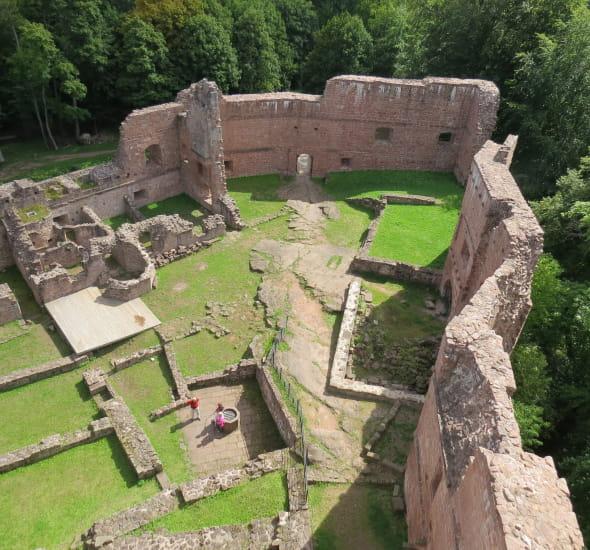
The castle keep is 24 metres high. Once at the top, you can see the vast stretches of forest all around the castle. Inside the castle, there are a few remains dating from reconstruction in the 16th century, such as the living quarters built against the north-western front by Georg de Wangen, and the fireplace built by Hartmann de Wangen against the southern front.
